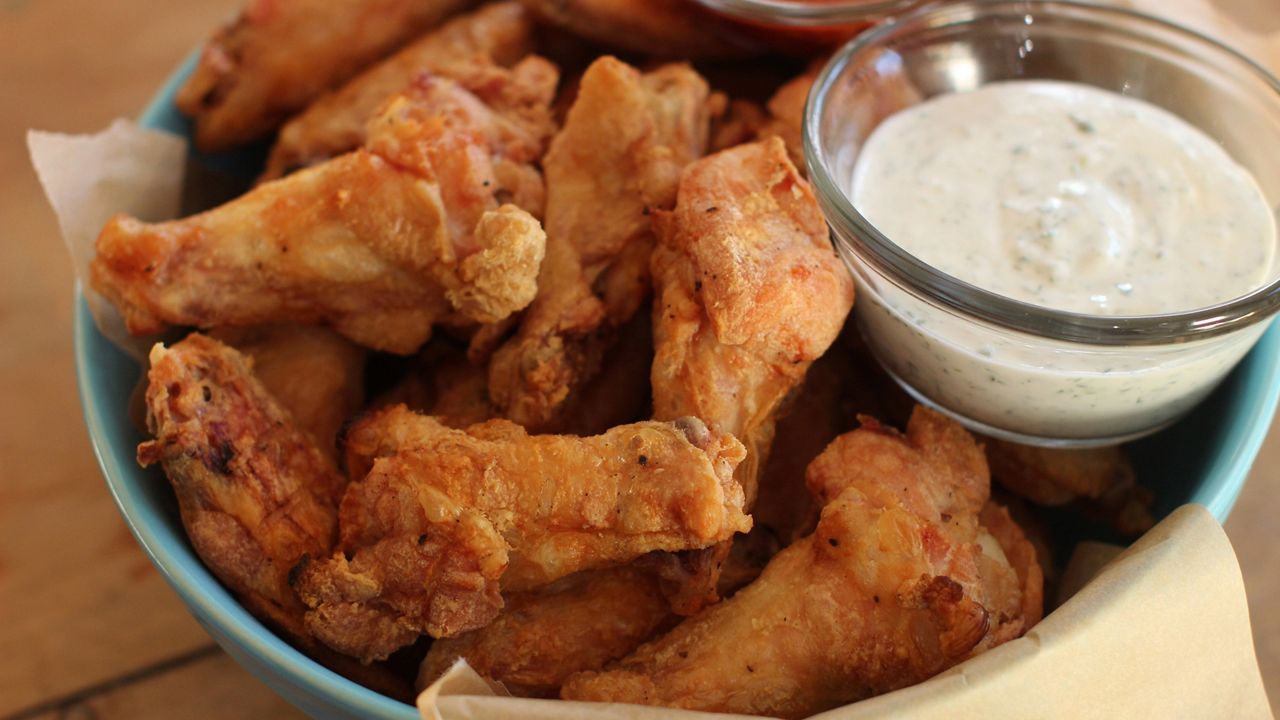The only thing that rivals Americans' appetite for football on Super Bowl Sunday is an intense craving for snacks. Unfortunately, if not properly prepared or stored, some of those snacks could leave you or your guests super sick.
The United States Department of Agriculture (USDA) has cooked up some food safety tips as a safeguard for the consumption of snacks on the big day — chicken wings being the most consumed Super Bowl snack.
Whichever direction you decide to go in terms of Super Bowl snacks, the USDA has listed the following steps to adhere to when serving guests.
Clean: Keep bacteria out of your kitchen by washing your hands before, during, and after you handle raw food. Make sure food preparation surfaces and utensils are clean.
Separate: Keep raw meat and poultry separate from produce and cooked foods by using different cutting boards.
Cook: Chicken wings should be cooked to 165 F, as measured with a food thermometer in the thickest part of the wing, avoiding the bone.
- While cooking, take the temperature of several wings to gauge the doneness of the entire batch. If one wing is under 165 F, continue cooking all the wings until they all reach the proper internal temperature.
- Do not test the temperature while the wings are submerged in oil. This will lead to an inaccurate temperature reading.
- You can keep chicken wings warm (above 140 F) in a slow cooker before you serve them.
Chill: Your perishable snacks (dips, sauces, chicken wings, etc.) on the table have only two hours before they become at risk of bacteria multiplying to dangerous levels. Put out small amounts of food for your guests and replenish them frequently.
Although there’s been fear of a chicken wings shortage, the National Chicken Council said otherwise. But due to the high demand for chicken wings during the pandemic, those tempting chicken morsels may be more expensive. In order to keep up with last year’s consumption of 1.42 billion wings, the National Chicken Council has prepared itself ahead of time to meet the 2022 demands.



